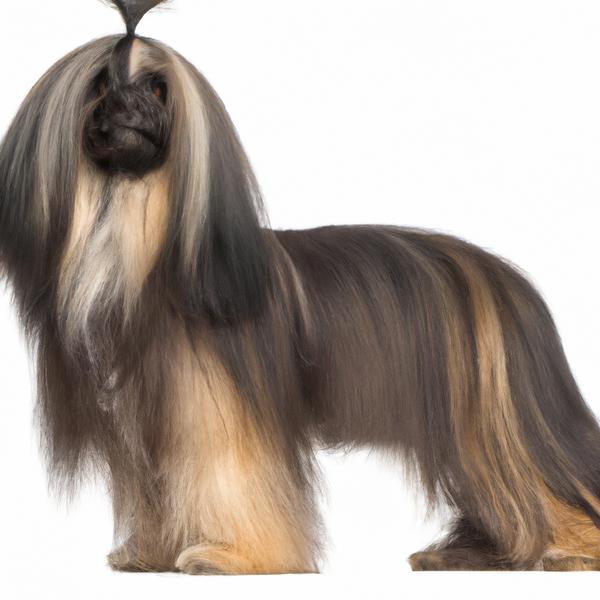Silkshund vs. Silky Cocker: Breed Differences and Similarities
Hypoallergenic
Are Silkshunds or Silky Cockers hypoallergenic, or neither?
Unfortunately, neither Silkshund nor Silky Cocker are hypoallergenic, which may not make them the best choice for dog lovers who suffer from pet allergies.
Temperament
What are the personalities of Silkshund and Silky Cocker dogs?
Playful
Stubborn
Alert
Courageous
Intelligent
Friendly
Responsive
Quick
Devoted
Lively
Joyful
Inquisitive
Clever
Active
Playful
Intelligent
Friendly
Responsive
Docile
Affectionate
Gentle
Tempered
Sweet
Trainable
Quiet
Faithful
Easygoing
Shedding Level
Do Silkshunds shed more than Silky Cockers, or which breed sheds more, Silkshunds or Silky Cockers?
Silkshunds shed very little hair, making them a great choice for those who dislike excess hair in the house.
Silky Cockers are low shedding dogs, requiring minimal coat care.
Watchdog Ability
Which dog breed makes a better watchdog, the Silkshund or Silky Cocker?
Silkshunds are decent watchdogs - they'll alert their owner if something seems amiss.
Silky Cockers aren't great guard dogs; they tend to just watch without taking action.
Ancestry
What are the origins of Silkshund and Silky Cocker breeds?
Dachshund and Silky Terrier
Maltese and American Cocker Spaniel
Breed recognition
Which kennel clubs recognize/register Silkshund and Silky Cocker?
ACHC = American Canine Hybrid Club
DRA = Dog Registry of America, Inc.
IDCR = International Designer Canine Registry®
ACHC = American Canine Hybrid Club
DBR = Designer Breed Registry
DDKC = Designer Dogs Kennel Club
DRA = Dog Registry of America, Inc.
IDCR = International Designer Canine Registry®
Date of Birth
When were Silkshund and Silky Cocker breeds first developed?
Unknown
Eye Color Possibilites
What are the eye colors of Silkshund and Silky Cocker dogs?
Brown
Brown
Nose Color Possibilites
What are the natural nose colors of Silkshund and Silky Cocker?
Black
Brown
Black
Brown
Coat Color Possibilites
What are the natural colors of the coat for Silkshund and Silky Cocker breeds?
Black
Brown
Blue
Cream
Fawn
Gray
Red
Isabella
Black
Red
Cream
Brown
Coat Length
What is the typical coat length for Silkshund and Silky Cocker breeds?
Silkshunds have coats that can be either short or medium in length.
Silky Cockers have longer coats compared to most dogs.
Coat Density
What is the density of the coat of Silkshund and Silky Cocker?
Coat Texture
What is the hair texture of Silkshund and Silky Cocker?
Straight
Wavy
Litter Size
What is the usual litter size for Silkshund and Silky Cocker?
A Silkshund can have a litter of 4-8 puppies on average. However, it's worth noting that the size of the litters can vary greatly. Factors that can influence litter size include the health of the mother, breeding history, and genetics.
A Silky Cocker can have a litter of 6-8 puppies on average. However, it's worth noting that the size of the litters can vary greatly. Factors that can influence litter size include the health of the mother, breeding history, and genetics.
Adaptability
Silkshunds are known for their adaptability and can adjust well to different environments and lifestyle changes.
Silky Cockers are highly adaptable and versatile, making them excellent companions for families and individuals of all lifestyles.
Health Issues
Between Silkshund and Silky Cocker, which breed is more prone to health problems?
Silkshund and Silky Cocker breeds are generally considered to be healthy. However, like all breeds, they are susceptible to certain health issues and it is important to keep an eye out for them and address them with your veterinarian as needed.
Major Concerns
What are the major health concerns for Silkshund and Silky Cocker breeds?
Acanthosis Nigricans
Intervertebral Disc Disease (IVDD)
Cataracts
Retinal Dysplasia
Seborrhea
Skin Problems
Patent Ductus Arteriosus
Obesity
Minor Concerns
What minor health issues should be kept in mind when owning Silkshund and Silky Cocker?
Patellar Luxation
Demodectic Mange
Cataracts
Pannus
Color Dilution Alopecia
Histiocytosis
Corneal Dystrophy
Sick Sinus Syndrome
Follicular Dysplasia
Cleft Lip or Palate
Legg-Calve Perthes Disease
Progressive Retinal Atrophy (PRA)
Mitral Valve Dysplasia
Entropion
Ectropion
Corneal Erosion
Phosphofructokinase Deficiency
Mono/Bilateral Cryptorchidism
Hydrocephalus
Skin Fold Dermatitis
Dental Disease
Portosystemic Shunt
Shaker Dog Syndrome
Occasional Tests
What occasional tests are recommended for Silkshund and Silky Cocker breeds?
Skin Evaluation
Blood And Urine Analysis
X-rays or other radiographic imaging
Electrocardiograph (ECG - measures rate and rhythm)
X-Rays
Dental Examination
Physical Examination
Eye examination
Blood Tests
Energy
How do the energy levels of Silkshunds and Silky Cockers compare?
Silkshunds are a good choice for a low-key lifestyle due to their low energy levels.
Silky Cockers are suitable for those with a balanced lifestyle as they have an average energy level.
Social Needs
Silkshund vs Silky Cocker social needs comparison
Silkshund has above average social needs and thrives with interaction with humans and other dogs.
Silky Cocker has very high social needs and requires regular mental and physical stimulation, a job or purpose, and companionship.
Exercise Needed
Silkshund vs Silky Cocker exercise need comparison.
Silkshunds require minimal physical activity for a healthy lifestyle.
Silky Cockers need moderate physical activity and are great for families and active individuals.
Sleeping Need
Which of the two sleeps the most/least: Silkshund or Silky Cocker?
Silkshunds have moderate energy levels and typical sleep patterns of 12-14 hours per day.
Silky Cockers sleep less than other breeds but still need adequate sleep for good health.
Tendency to Bark
Do Silkshunds or Silky Cockers bark more/less frequently?
Silkshund and Silky Cockers tend to bark moderately, they bark when necessary, such as to alert their owner or to communicate something. They may also bark due to certain triggers like fear, alarm, boredom, greeting, separation anxiety and compulsive barking.
Mouthiness
Mouthiness Comparison: Silkshund vs Silky Cocker?
Roaming urge
Silkshund vs Labrador: Running away tendency?
Prey Drive
Silkshund or Silky Cocker - which breed has a higher level of prey drive?
Past times
What are some enjoyable activities and ways to keep Silkshund and Silky Cocker entertained?
Fetch, Running, Hide and seek
Walk, Playing
Activity Level
Which breed has higher energy, Silkshunds or Silky Cockers?
Both Silkshund and Silky Cocker are medium-energy dogs that enjoy socializing and playing with other dogs. They may engage in casual or sustained games of chase, and occasionally have bursts of barking or racing around the house.
Tolerance of being left alone
Walks per Week
How many miles should Silkshund or Silky Cocker walk each week?
There's really no limit to how far you walk your dog as long as they're comfortable. For Silkshund, it's at least 10 miles / week. Just remember to build distance and stamina gradually over time.
There's really no limit to how far you walk your dog as long as they're comfortable. For Silky Cocker, it's at least 7 miles / week. Just remember to build distance and stamina gradually over time.
Activity per Day
Do Silkshunds or Silky Cockers require more exercise?
Both Silkshund and Silky Cocker typically require a minimum of 60 minutes of exercise each day. The exercise can be spread throughout the day and may involve high-energy activities like walking, running, and playing.
Grooming
Which breed is easier to maintain in terms of grooming, Silkshunds or Silky Cockers?
Silkshund and Silky Cocker are breeds of dogs that require an average amount of grooming effort.
Brushing Frequency
What is the recommended brushing frequency for Silkshund and Silky Cocker dogs?
Silkshund should be brushed at least once a week. Of course you can give them more frequent brushes if you find that they are still shedding a lot
Ideally, Silky Cocker should be brushed at least 2 or 3 times a week (preferably daily) improve shedding.
Brushing Tools
What brushing tools are used for Silkshunds and Silky Cockers?
Pin Brush
Slicker Brush
Comb
Nail Clipper
Slicker Brush
Comb
Deshedder
Nail Clipper
Cups
How much food should be given to Silkshund or Silky Cocker in cups?
Silkshund and Silky Cocker share the same recommended daily food intake of 1 cups, although the appropriate quantity may vary depending on the quality and nutritional content of their food.
Daily Cost
Which breed has a higher daily cost, Silkshund or Silky Cocker?
Silkshund and Silky Cocker have a similar average daily cost of around $1.10 - $1.40.
Monthly Cost
Which breed has a higher monthly cost, Silkshund or Silky Cocker?
When it comes to monthly expenses, both Silkshund and Silky Cocker have a similar average cost, ranging from $35 - $42. This results in an average yearly cost of around $420 - $504.
Intelligence
Comparing Intelligence: Silkshunds vs Silky Cockers
Silkshund and Silky Cocker have average obedience intelligence, but they're also independent thinkers. This breed is known for having an exceptionally high IQ, which means they may get into trouble if left to their own devices.
Sensitivity Level
How do Silkshund and Silky Cocker compare in sensitivity?
This breed is sensitive and requires gentle handling and a calm home environment.
This breed is sensitive to its environment and best suited for patient and understanding families with a consistent routine.
Affection Dependance
Which is the more affectionate dog breed: Silkshund vs Silky Cocker?
Apartment Friendly
Which breed is more apartment-friendly: Silkshund or Silky Cocker?
Silkshunds and Silky Cockers are known for being excellent apartment dogs. They are fairly active indoors and will do okay without a yard.
Child Friendly
Do Silkshunds or Silky Cockers have a friendlier temperament towards children?
Silkshunds have an average level of friendliness towards children.
Silky Cockers make excellent family pets for kids due to their gentle, protective nature and calm temperament.
Senior-friendly
Which dog is more suitable as a pet for the elderly - Silkshund or Silky Cocker?
Cat Friendly
Do Silkshund or Silky Cocker breeds have a better compatibility with cats?
Silkshunds are average in their friendliness toward cats and tend to do well with them, especially if raised together.
Silky Cockers are very friendly with cats and make great companions for them.
Dog Friendly
Which breed is more sociable with other dogs: Silkshund or Silky Cocker?
Silkshunds are less friendly towards other dogs, but can improve with socialization.
Silky Cockers are generally very friendly towards other dogs, with a happy and affectionate temperament.
Pet friendly
How do Silkshund or Silky Cocker dogs interact with other pets?
Stranger Friendly
Which breed is more friendly with strangers: Silkshund or Silky Cocker?
Silkshunds are averagely friendly around strangers but benefit from early socialisation.
Silky Cockers are friendly but may bark at strangers, and training is easy due to their intelligence.
Playfulness
Which breed is more playful between Silkshund and Silky Cocker?
Silkshund and Silky Cocker are playful dogs. So, no matter how busy the day may get, the best thing you can do for Silkshund and Silky Cocker is to make time each day to play. It can be as little as 15-20 minutes, and it will mean the world to them.
Trainability
How do the trainability levels of Silkshunds and Silky Cockers compare?
Silkshund and Silky Cocker dogs are known for their ease of training and ability to learn quickly, making them a popular choice for pet owners and trainers alike.
Compare Silkshund with other breeds
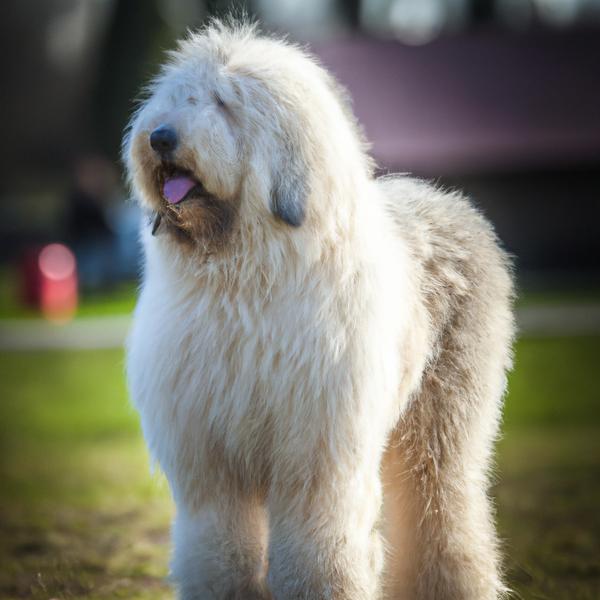
Komondor
Silkshund vs Komondor
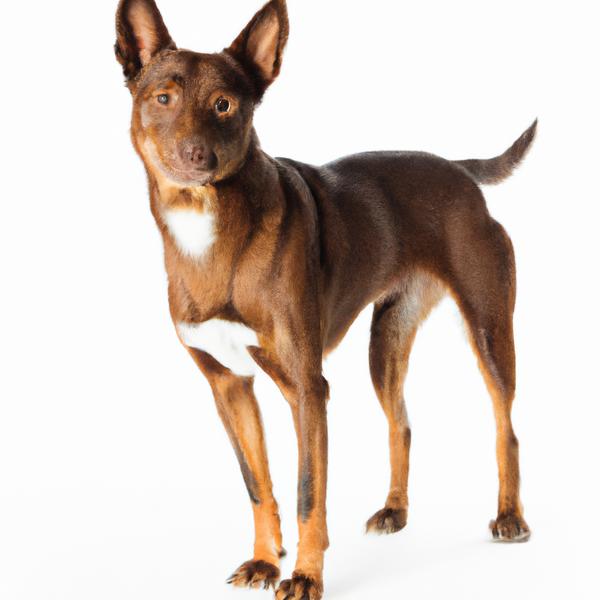
Peka-A-West
Silkshund vs Peka-A-West
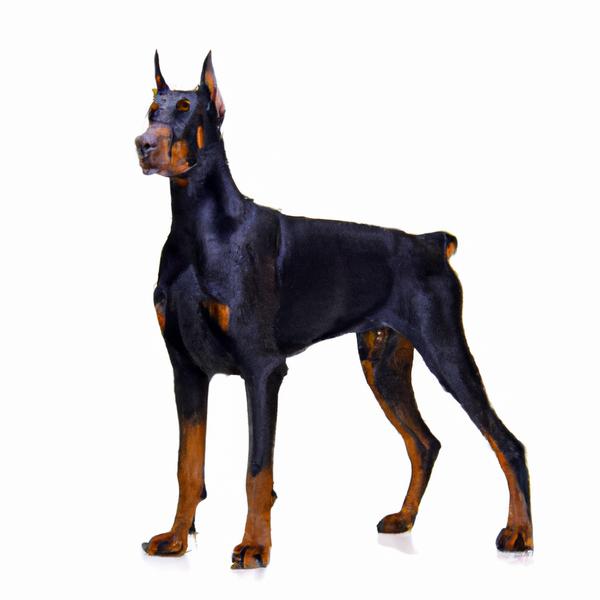
Doberdane
Silkshund vs Doberdane
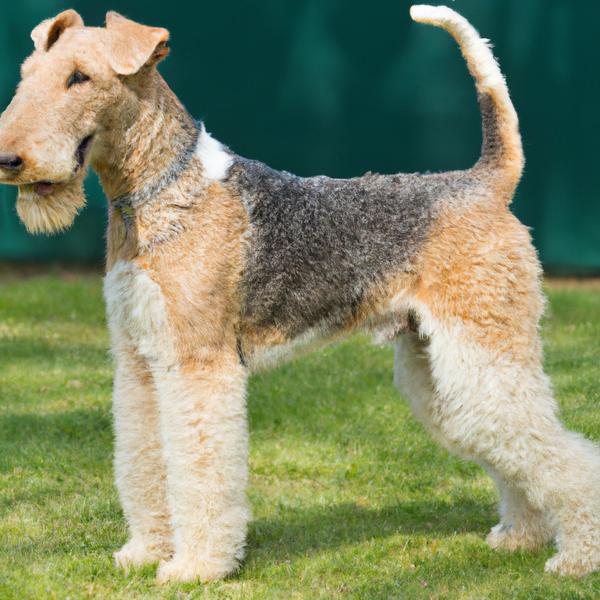
Welsh Wire Fox Terrier
Silkshund vs Welsh Wire Fox Terrier
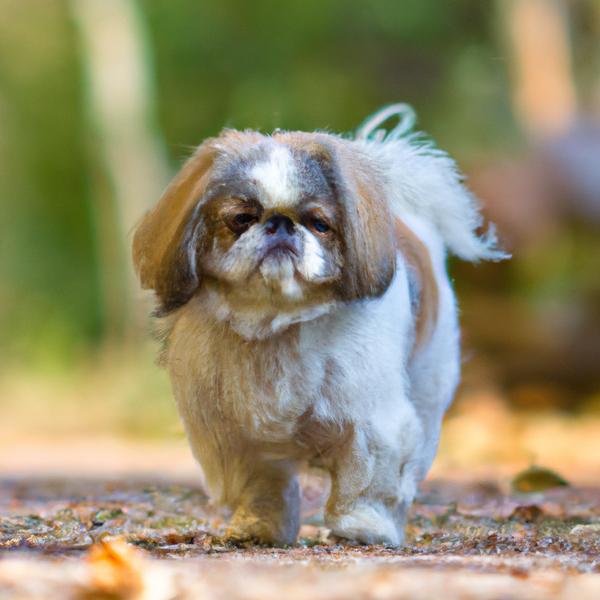
Cava-Chin
Silkshund vs Cava-Chin
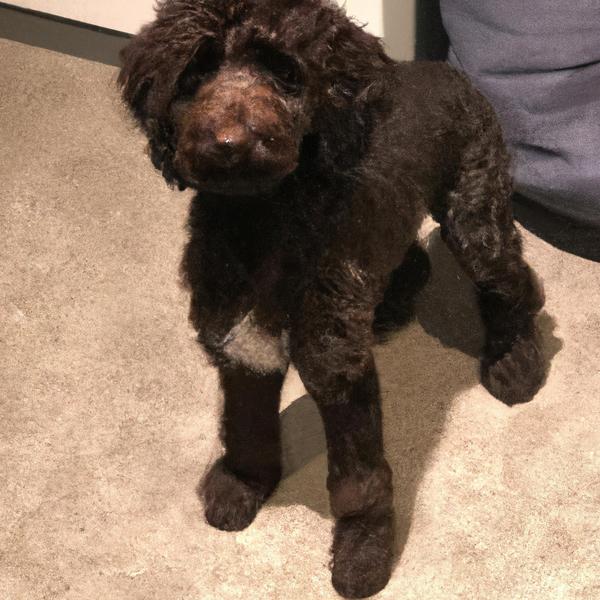
Beardoodle
Silkshund vs Beardoodle
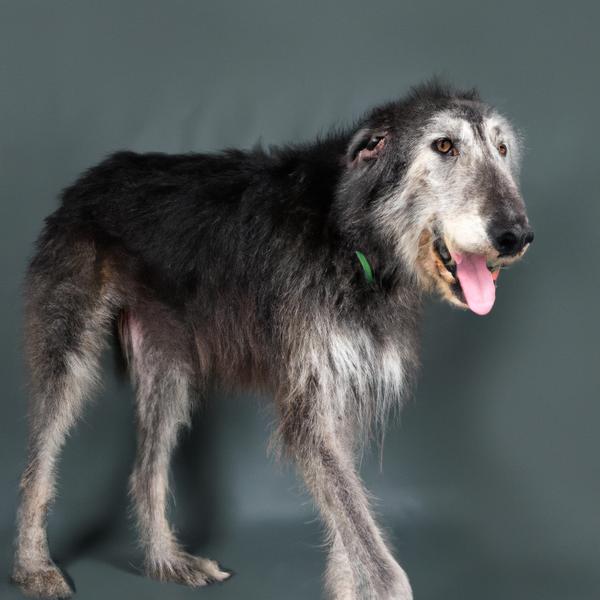
Old Deerhound Sheepdog
Silkshund vs Old Deerhound Sheepdog
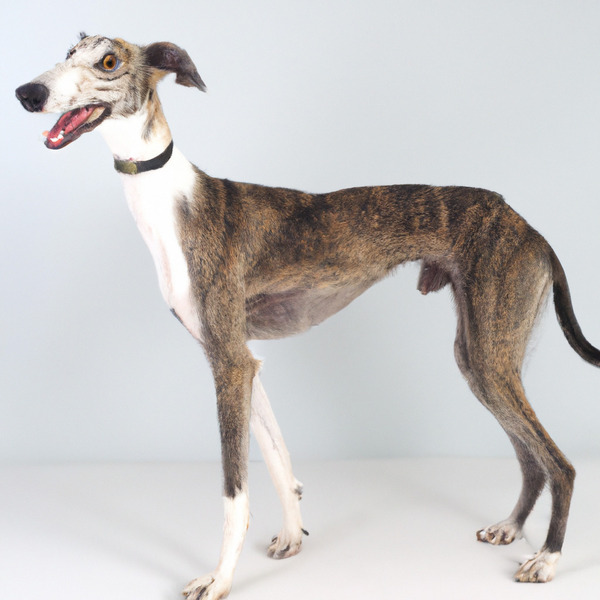
Lurcher
Silkshund vs Lurcher
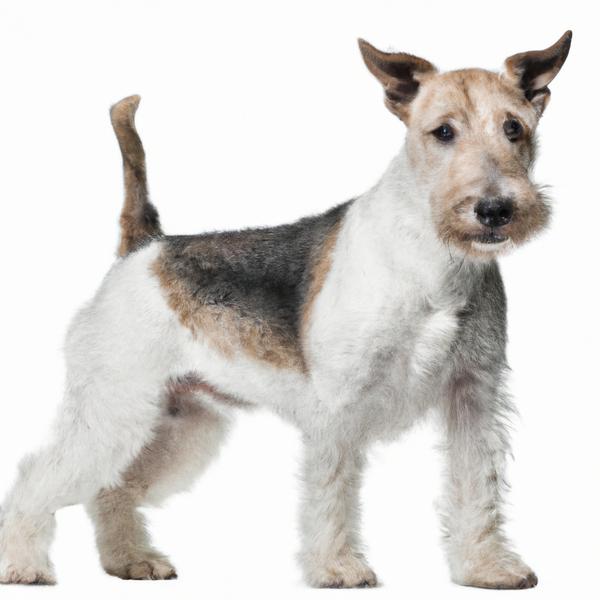
Scobo Terrier
Silkshund vs Scobo Terrier
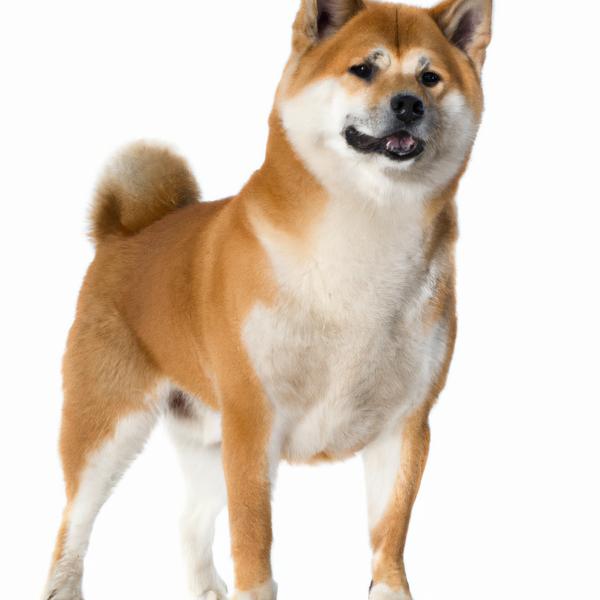
Papi-Inu
Silkshund vs Papi-Inu
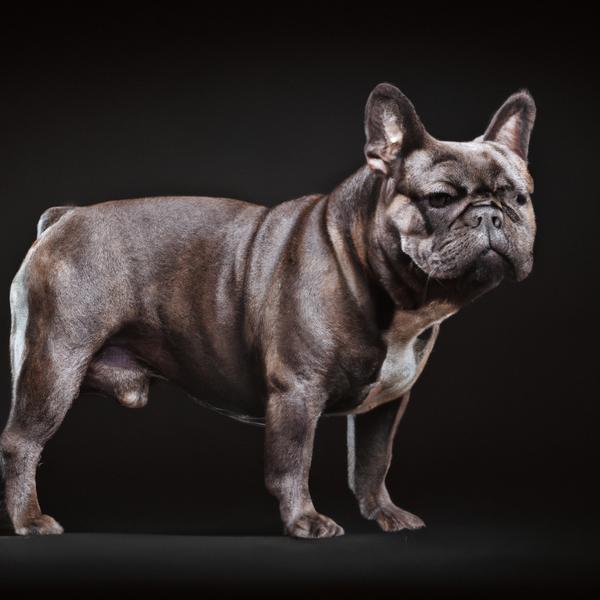
Italian Bulldogge
Silkshund vs Italian Bulldogge
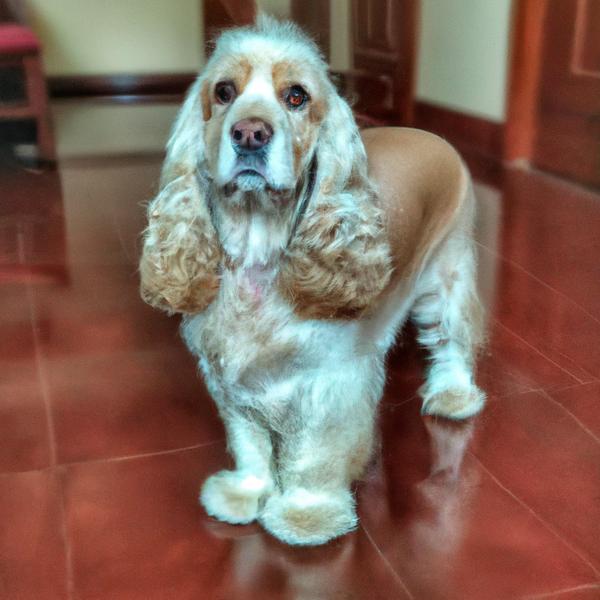
Silky Cocker
Silkshund vs Silky Cocker
